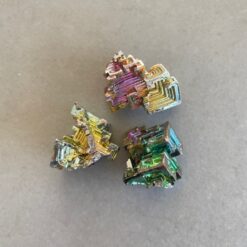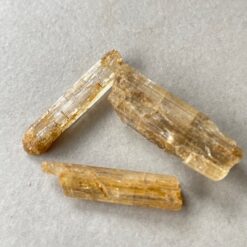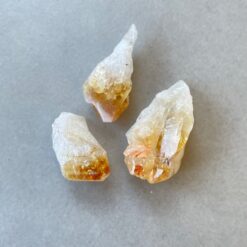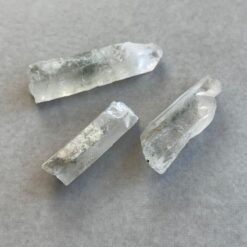Darwin Glass (Mineral)
$10.00 – $15.00
Interesting pieces of impact glass. Very rare now.
Country of Origin: Tasmania, Australia
Size: Large:20mm, Small:10mm – 15mm
Metaphysical Properties: Darwin Glass brings leadership qualities and stability
The price is for one piece
Darwin Glass is an 816,000 year old impactite resulting from the melting of local rocks due to the impact of a large meteorite. It takes its name from Mount Darwin in the West Coast Range, south of Queenstown, Tasmania, Australia, where it was first reported, and later gave its name to Darwin Crater, a probable impact crater, and the inferred source of the glass. The crater would have been created by a meteorite 20 to 50 m in diameter. The strewn field has an area of 410 km. This impactite glass is quite different to other glass formed in a similar way. The glass is light to dark green, white or black, and takes the form of twisted masses, fragments or chunks up to 10 cm. Internally, it has a flowing texture defined by lines of elliptical bubbles. There are two kinds of Darwin glass when composition is measured. Type 1 is normally white or green whereas type 2 is normally black to dark green. The dark glass contains less silica and more magnesium and iron than the light green glass. The dark glass is also enriched in chromium, nickel and cobalt. A possible explanation for the chemical differences is that, in addition to being mainly composed of melted local metamorphic rocks, the type 2 glass also contains a component of extraterrestrial material from the meteorite. Darwin glass is considered to be one of the most interesting of the impact melt glasses available to collectors.
| Size | Large, Small |
|---|
Related products
Crystals
Crystals
Crystals





